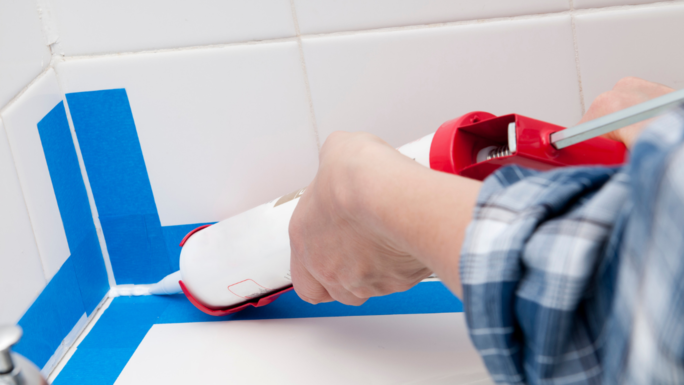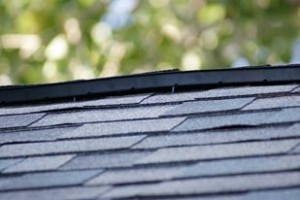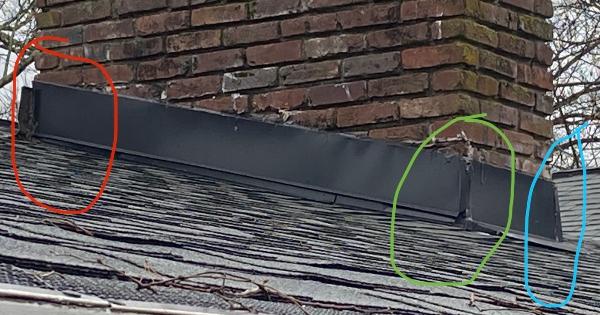Your Silicone Questions Answered

By Sashco.
Will your new caulk stick to silicone? How do you know if you need to re-caulk or remove silicone?
Your caulk won’t stick to silicone, in fact nothing sticks to silicone. Silicone doesn’t even stick to itself. That’s the short answer to at least one of your questions, however, here at Sashco we enjoy diving deeper into these topics. Continue reading to learn the nature of silicone and how it relates to your home building projects.
Fact is: nothing will stick to silicone - not even silicone. For the average person who needs to re-caulk their windows, bathtub, or anything else around the house, failed silicone means starting over from the very beginning.
Why won't your new caulk stick to silicone?
You see, silicone has oils in it. These oils are introverts. They don't like crowds. When silicone is first applied, these oils are all together in one happy bead of caulk. It's quite the crowd! Over time, their introverted nature kicks in and they have to exit the crowd. Those oils migrate out of the original silicone bead to find some open space. They might migrate into whatever porous surface is nearby, or they'll just hang out in their own happy little space on the surface of the original bead. (Perhaps there's a happy little tree there, too.)
In the meantime, nothing else is allowed into their space. They're quite stubborn about it. Their space is for them only, so no new sealants - no matter the kind! - will stick.
What can you do if you need to re-caulk and silicone is present?
You have two options: Use a silicone caulk remover to remove all silicone before applying new caulk. Completely remove the silicone; or apply the new caulk over top, making sure the new caulk bead is wider and outside of the silicone caulk, sticking to a clean, silicone-free surface.
Option 1: Remove the silicone
-
Use a silicone remover, readily available at hardware stores, to get rid of all traces of silicone. We like McKanica Silicone Caulk Remover.
-
Thoroughly clean the surface with rubbing alcohol to make sure there is no silicone residue left.
-
Once any silicone is removed, you can apply new caulk.
-
Reapply caulk. (Psst...Sashco's products would be great for your re-caulking project!)
Option 2: Apply a wider bead of caulk
-
Clean the surface of the silicone bead, as well as surrounding areas, with rubbing alcohol to remove as much oil as possible.
-
Test a small area with the wider bead of caulk. Make sure no silicone oil molecules are still residing where the new bead needs to stick.
-
If the test turns out OK, apply the new caulk, making sure it's sticking to clean surfaces on either side of the silicone.
-
Cross your fingers and hope that the oils don’t decide to become a menace and hurt the new sealant adhesion in the future. If that doesn't work, revert to Option 1.
For future consideration
Silicone has its place in the world. It's great for applications where there are extreme temperatures. (They love it in Antarctica!) But for most areas around the home, it's not ideal. Instead, choose a high-performance sealant (like Sashco's) with excellent elasticity and adhesion to a variety of surfaces. Then, make sure that product will stick to itself, in case you have to do repairs down the road. All of Sashco's sealants will stick to themselves, making any (unlikely) future repairs or retrofits much easier.
Have a Question? AskARoofer!
Find your local roofing contractor in the RoofersCoffeeShop® Contractor Directory.
Original article source: Sashco













Comments
Leave a Reply
Have an account? Login to leave a comment!
Sign In